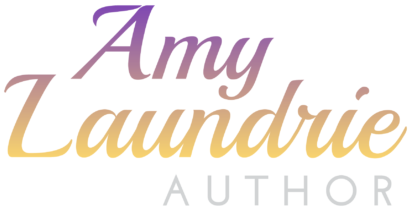Classroom flashbacks are engrained in me. No wonder, since I was a student for 15 years and a teacher for over 35 years.
In last night’s back-to-school dream, I was setting up for the water tank experiment to teach density. I added red salt water to the left side and clear blue water to the right. When I pulled out the divider, the denser red salt water sank, and I proceeded with my explanation. A student suddenly got a coughing fit. All eyes stopped watching the experiment at the critical moment and concentrated on the cougher.
In my career as an educator, I had to teach during distracting times such as Lake Delton’s remodeling when jackhammers pounded in the background. I also remember needing to evacuate the building because of a toxic smell, but those instances pale compared to what teachers, staff, and students face this year.
Historically, however, our challenges aren’t new. The devastating 1918 Spanish flu which cost millions of lives closed schools for months. Rampant cases of diphtheria, scarlet fever, and tuberculosis also sent families into quarantine. My aunt, now deceased, hinted about her stay in a sanitarium with TB. She didn’t talk much about her bout with the lung disease, spread by coughing and through saliva, but there were hints. Once, when she walked into the bathroom while I spit toothpaste in the sink, she scolded me. I was to spit in the toilet, not the sink.
I imagine she had many terrible memories. A common nickname for people with the highly contagious disease was “Con-Kid” or “Conner.” The name calling would have deeply affected my aunt, making her feel like a leper, and she would have hated her time in a sanatorium. She got through it, however, and later become a successful business woman in Minocqua, Wisconsin. I’m guessing caring people at the sanatorium helped her achieve the education she needed.
During the era of tuberculosis, in various parts of the country, educators, scientists, doctors, and social workers figured out how to hold schools—often outdoors. Students bundled up and met teachers and classmates on ferry boats, roof tops, and in tents. I admire the creative minds who figured this out.
In 2020 circumstances are such that we can hold virtual school or a hybrid variety with limited face-to-face time. My college-age granddaughters will attend universities in person whereas my four grandsons will begin school virtually. My grandsons’ parents see some advantages of home schooling, including being able to hone in on their children’s specific needs and interests. Still, finding the time and energy, especially if both parents are working, is overwhelming.
It may help to keep Anatole France’s quote in mind. “Do not try to satisfy your vanity by teaching a great many things. Awaken people’s curiosity. It is enough to open minds; do not overload them. Put there just a spark. If there is some good inflammable stuff, it will catch fire.”
I’m scheduled to FaceTime with my oldest grandson on Fridays and guide him through the reading of CHARLIE AND THE CHOCOLATE FACTORY, a novel assigned by his fourth grade teacher. The book, about a boy finding a golden ticket, is a favorite of mine, and I’m eagerly anticipating awakening “a few sparks” and sharing the adventure story with him.
Like you, I’m hoping the world will find “the golden ticket” soon, and we’ll be able to resume our social interactions. But for now, we trudge on, making mistakes and adjusting. Combining our efforts, we’re hoping to create those sparks and prepare our kids for the future.
Acknowledgment goes to Patti Sutton, author of numerous nonfiction books such as Capsized: the Forgotten story of the SS Eastland Disaster, for inspiring and enlightening me about the history of contagious diseases.

